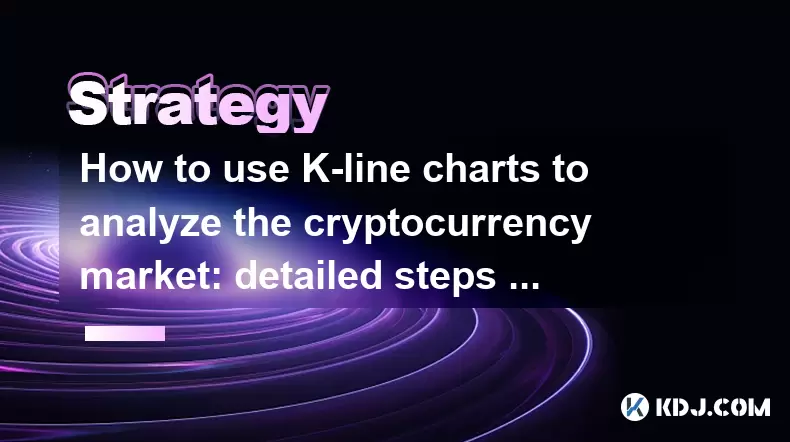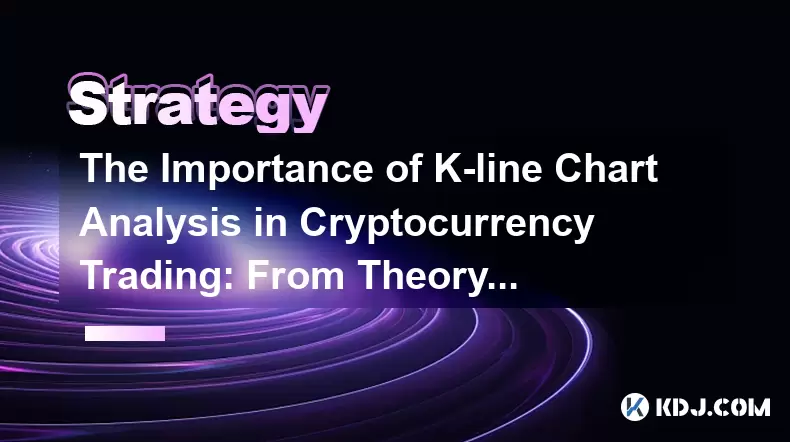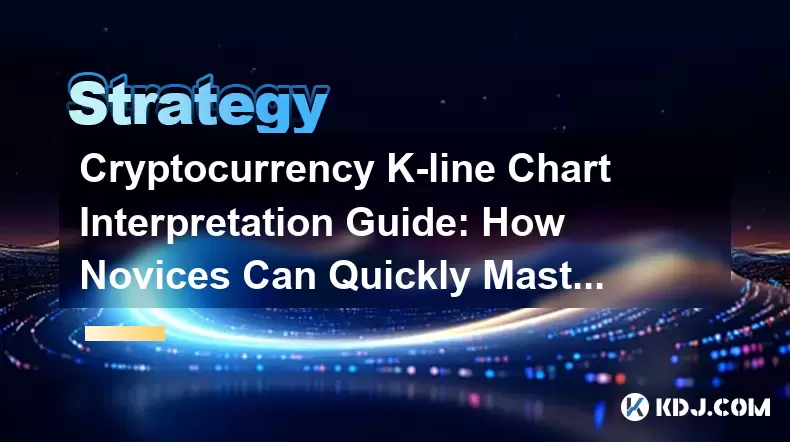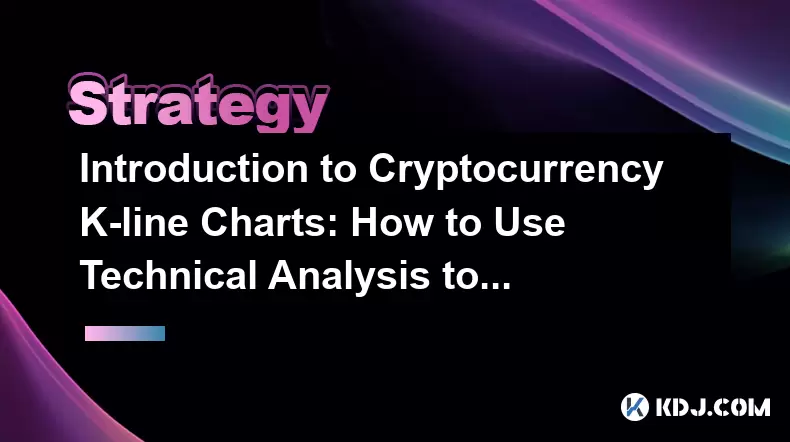-
 Bitcoin
Bitcoin $106,754.6083
1.33% -
 Ethereum
Ethereum $2,625.8249
3.80% -
 Tether USDt
Tether USDt $1.0001
-0.03% -
 XRP
XRP $2.1891
1.67% -
 BNB
BNB $654.5220
0.66% -
 Solana
Solana $156.9428
7.28% -
 USDC
USDC $0.9998
0.00% -
 Dogecoin
Dogecoin $0.1780
1.14% -
 TRON
TRON $0.2706
-0.16% -
 Cardano
Cardano $0.6470
2.77% -
 Hyperliquid
Hyperliquid $44.6467
10.24% -
 Sui
Sui $3.1128
3.86% -
 Bitcoin Cash
Bitcoin Cash $455.7646
3.00% -
 Chainlink
Chainlink $13.6858
4.08% -
 UNUS SED LEO
UNUS SED LEO $9.2682
0.21% -
 Avalanche
Avalanche $19.7433
3.79% -
 Stellar
Stellar $0.2616
1.64% -
 Toncoin
Toncoin $3.0222
2.19% -
 Shiba Inu
Shiba Inu $0.0...01220
1.49% -
 Hedera
Hedera $0.1580
2.75% -
 Litecoin
Litecoin $87.4964
2.29% -
 Polkadot
Polkadot $3.8958
3.05% -
 Ethena USDe
Ethena USDe $1.0000
-0.04% -
 Monero
Monero $317.2263
0.26% -
 Bitget Token
Bitget Token $4.5985
1.68% -
 Dai
Dai $0.9999
0.00% -
 Pepe
Pepe $0.0...01140
2.44% -
 Uniswap
Uniswap $7.6065
5.29% -
 Pi
Pi $0.6042
-2.00% -
 Aave
Aave $289.6343
6.02%
Short-term skills for currency speculation
To effectively navigate the complex cryptocurrency market, equip yourself with a thorough understanding of its fundamentals, technical analysis, risk management, and the latest market trends.
Jan 09, 2025 at 09:22 am

Key Points:
- Understanding Cryptocurrency Market Fundamentals
- Analyzing Technical Charts and Indicators
- Identifying Market Trends and Patterns
- Managing Risk and Implementing Stop-Losses
- Utilizing News and Market Sentiment Analysis
- Employing Trading Strategies (e.g., Scalping, Day Trading)
- Leveraging Trading Platforms and Tools
- Developing a Mindset for Currency Speculation
Understanding Cryptocurrency Market Fundamentals:
- Study the underlying principles of blockchain, tokenomics, and market dynamics.
- Research specific cryptocurrencies, including their features, use cases, and historical performance.
- Analyze supply and demand trends, token distributions, and economic factors influencing the market.
Analyzing Technical Charts and Indicators:
- Utilize candlestick charts to identify price patterns, trends, and support/resistance levels.
- Employ technical indicators (e.g., moving averages, oscillators) to gauge momentum, volume, and potential market turning points.
- Study chart patterns (e.g., triangles, flags, head and shoulders) to anticipate future price movements.
Identifying Market Trends and Patterns:
- Observe long-term market cycles and seasonality.
- Analyze historical price data to identify recurring patterns.
- Utilize tools like Fibonacci retracements and Elliott Wave Theory to predict potential trend reversals.
Managing Risk and Implementing Stop-Losses:
- Establish clear risk parameters and trade only within your risk tolerance.
- Implement stop-loss orders to limit losses if the market moves against you.
- Diversify your portfolio by investing in multiple cryptocurrencies to reduce overall risk.
Utilizing News and Market Sentiment Analysis:
- Stay informed about industry news, regulatory updates, and technological advancements.
- Monitor social media and sentiment analysis tools to gauge market sentiment and identify potential trading opportunities.
- Consider market manipulation and fake news when interpreting market data.
Employing Trading Strategies (e.g., Scalping, Day Trading):
- Scalping: Focuses on making small, frequent profits by leveraging small price fluctuations.
- Day Trading: Involves buying and selling cryptocurrencies within the same trading day.
- Swing Trading: Aims to profit from larger price swings over several days or weeks.
- Long-Term Investing: Holds cryptocurrencies for extended periods, speculating on future appreciation.
Leveraging Trading Platforms and Tools:
- Choose a reliable trading platform with low fees and advanced charting capabilities.
- Utilize technical analysis tools provided by the platform to enhance your decision-making.
- Take advantage of auto-trading bots to automate trading strategies.
Developing a Mindset for Currency Speculation:
- Be patient and disciplined, avoiding emotional decision-making.
- Accept that losses are an inherent part of trading.
- Learn from both successful and unsuccessful trades to improve your strategies.
- Continuously educate yourself about the cryptocurrency market and trading techniques.
FAQs:
Q: Can anyone make money from currency speculation?
A: While there is potential to profit, currency speculation carries significant risk and requires a solid understanding of the market.
Q: How much money can I make from currency speculation?
A: Profits vary widely depending on factors such as market conditions, trading skills, and risk tolerance.
Q: Is currency speculation legal?
A: Cryptocurrency regulation varies by jurisdiction. Consult local laws and regulations to ensure compliance.
Q: How long does it take to learn currency speculation?
A: The learning curve depends on prior knowledge and experience. Consistent study and practice are essential.
Q: What is the best trading platform for currency speculation?
A: Consider factors such as fees, liquidity, security, and available tools when selecting a trading platform.
Disclaimer:info@kdj.com
The information provided is not trading advice. kdj.com does not assume any responsibility for any investments made based on the information provided in this article. Cryptocurrencies are highly volatile and it is highly recommended that you invest with caution after thorough research!
If you believe that the content used on this website infringes your copyright, please contact us immediately (info@kdj.com) and we will delete it promptly.
- 2025-W Uncirculated American Gold Eagle and Dr. Vera Rubin Quarter Mark New Products
- 2025-06-13 06:25:13
- Ruvi AI (RVU) Leverages Blockchain and Artificial Intelligence to Disrupt Marketing, Entertainment, and Finance
- 2025-06-13 07:05:12
- H100 Group AB Raises 101 Million SEK (Approximately $10.6 Million) to Bolster Bitcoin Reserves
- 2025-06-13 06:25:13
- Galaxy Digital CEO Mike Novogratz Says Bitcoin Will Replace Gold and Go to $1,000,000
- 2025-06-13 06:45:13
- Trust Wallet Token (TWT) Price Drops 5.7% as RWA Integration Plans Ignite Excitement
- 2025-06-13 06:45:13
- Ethereum (ETH) Is in the Second Phase of a Three-Stage Market Cycle
- 2025-06-13 07:25:13
Related knowledge

How to use K-line charts to analyze the cryptocurrency market: detailed steps and common misunderstandings
Jun 16,2025 at 01:42pm
Understanding the Basics of K-line Charts in Cryptocurrency TradingK-line charts, also known as candlestick charts, are one of the most widely used tools for analyzing price movements in financial markets, including cryptocurrencies. These charts provide a visual representation of price action over specific time intervals and help traders make informed ...

Cryptocurrency K-line chart technical analysis manual: Learn these methods to increase your chances of making a profit
Jun 11,2025 at 11:21pm
Understanding the Basics of K-line ChartsK-line charts, also known as candlestick charts, are one of the most widely used tools in cryptocurrency trading. Each K-line represents a specific time period and provides information about the open, high, low, and close prices during that interval. The body of the candle shows the relationship between the openi...

The Importance of K-line Chart Analysis in Cryptocurrency Trading: From Theory to Practical Cases
Jun 11,2025 at 04:56pm
Understanding the Basics of K-line ChartsK-line charts, also known as candlestick charts, are a visual representation of price movements over specific time intervals. Each K-line encapsulates four critical data points: the opening price, closing price, highest price, and lowest price within a given timeframe. These charts originated in Japan during the ...

Cryptocurrency K-line Chart Interpretation Guide: How Novices Can Quickly Master the Basics of Technical Analysis
Jun 10,2025 at 08:56pm
Understanding the Basics of K-line ChartsK-line charts, also known as candlestick charts, are one of the most widely used tools in cryptocurrency trading for analyzing price movements. Each K-line represents a specific time period and shows the opening, closing, high, and low prices during that interval. For novices, grasping how to read these elements ...

How to Analyze Short-term and Long-term Trends of Cryptocurrencies through K-line Charts: A Complete Guide
Jun 15,2025 at 12:49pm
Understanding the Basics of K-line ChartsK-line charts, also known as candlestick charts, are essential tools used in cryptocurrency trading to visualize price movements over time. Each candlestick represents a specific time interval and contains four key data points: open, high, low, and close. The body of the candle shows the range between the opening...

Introduction to Cryptocurrency K-line Charts: How to Use Technical Analysis to Optimize Trading Decisions
Jun 12,2025 at 03:56pm
Understanding the Basics of K-line ChartsK-line charts, also known as candlestick charts, are one of the most essential tools used in cryptocurrency trading. Originating from Japan, these charts visually represent price movements over specific time intervals. Each candlestick displays four key pieces of information: the opening price, closing price, hig...

How to use K-line charts to analyze the cryptocurrency market: detailed steps and common misunderstandings
Jun 16,2025 at 01:42pm
Understanding the Basics of K-line Charts in Cryptocurrency TradingK-line charts, also known as candlestick charts, are one of the most widely used tools for analyzing price movements in financial markets, including cryptocurrencies. These charts provide a visual representation of price action over specific time intervals and help traders make informed ...

Cryptocurrency K-line chart technical analysis manual: Learn these methods to increase your chances of making a profit
Jun 11,2025 at 11:21pm
Understanding the Basics of K-line ChartsK-line charts, also known as candlestick charts, are one of the most widely used tools in cryptocurrency trading. Each K-line represents a specific time period and provides information about the open, high, low, and close prices during that interval. The body of the candle shows the relationship between the openi...

The Importance of K-line Chart Analysis in Cryptocurrency Trading: From Theory to Practical Cases
Jun 11,2025 at 04:56pm
Understanding the Basics of K-line ChartsK-line charts, also known as candlestick charts, are a visual representation of price movements over specific time intervals. Each K-line encapsulates four critical data points: the opening price, closing price, highest price, and lowest price within a given timeframe. These charts originated in Japan during the ...

Cryptocurrency K-line Chart Interpretation Guide: How Novices Can Quickly Master the Basics of Technical Analysis
Jun 10,2025 at 08:56pm
Understanding the Basics of K-line ChartsK-line charts, also known as candlestick charts, are one of the most widely used tools in cryptocurrency trading for analyzing price movements. Each K-line represents a specific time period and shows the opening, closing, high, and low prices during that interval. For novices, grasping how to read these elements ...

How to Analyze Short-term and Long-term Trends of Cryptocurrencies through K-line Charts: A Complete Guide
Jun 15,2025 at 12:49pm
Understanding the Basics of K-line ChartsK-line charts, also known as candlestick charts, are essential tools used in cryptocurrency trading to visualize price movements over time. Each candlestick represents a specific time interval and contains four key data points: open, high, low, and close. The body of the candle shows the range between the opening...

Introduction to Cryptocurrency K-line Charts: How to Use Technical Analysis to Optimize Trading Decisions
Jun 12,2025 at 03:56pm
Understanding the Basics of K-line ChartsK-line charts, also known as candlestick charts, are one of the most essential tools used in cryptocurrency trading. Originating from Japan, these charts visually represent price movements over specific time intervals. Each candlestick displays four key pieces of information: the opening price, closing price, hig...
See all articles

























































































